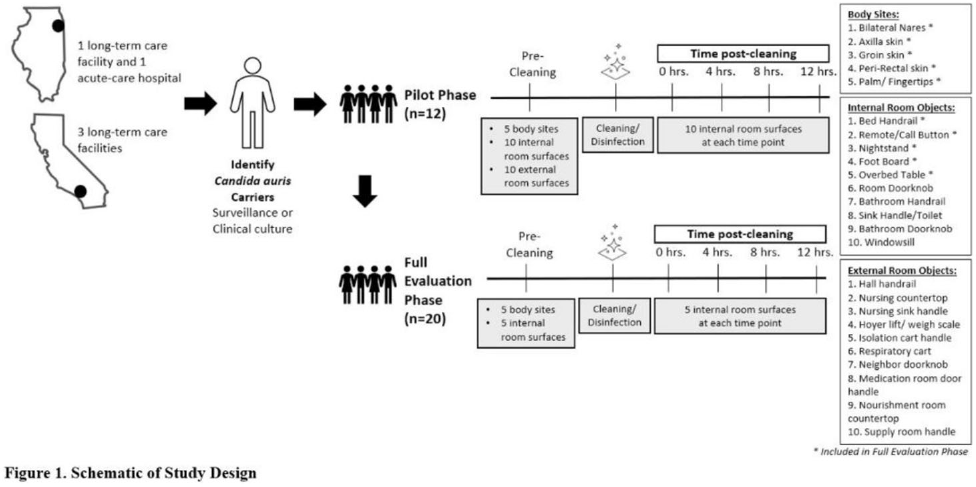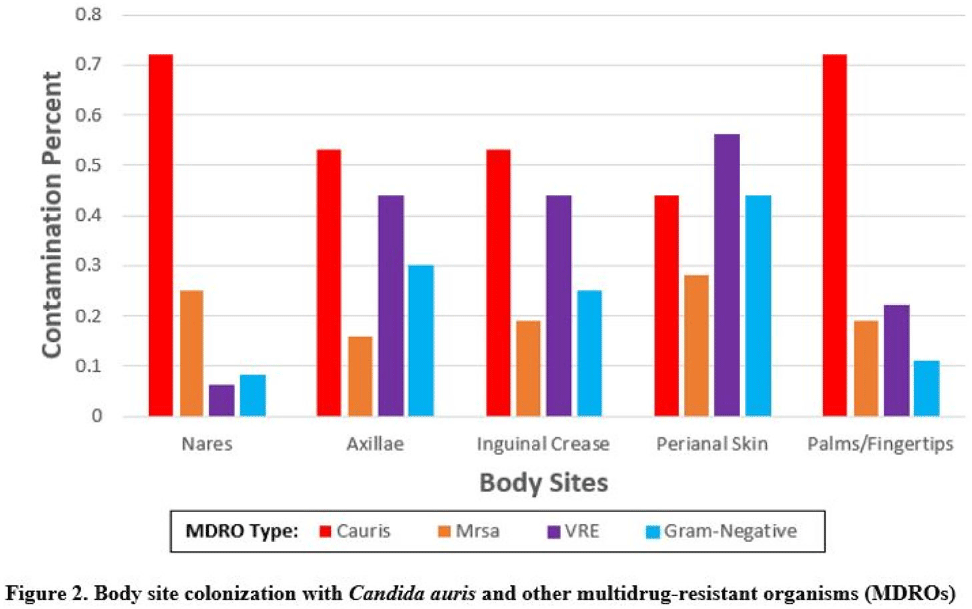238 results
41 Examining the independent and additive effects of family history of dementia and apolipoprotein e4 on neurocognitive performance among people with HIV
-
- Journal:
- Journal of the International Neuropsychological Society / Volume 29 / Issue s1 / November 2023
- Published online by Cambridge University Press:
- 21 December 2023, pp. 249-250
-
- Article
-
- You have access
- Export citation
3 The Relationship Between Apolipoprotein-E4 Genotype, Memory, and the Medial Temporal Lobe and How These Relationships Vary by Race in Middle-Aged Persons with HIV
-
- Journal:
- Journal of the International Neuropsychological Society / Volume 29 / Issue s1 / November 2023
- Published online by Cambridge University Press:
- 21 December 2023, pp. 683-684
-
- Article
-
- You have access
- Export citation
Integrating weed-suppressive cultivar and cover crops for weed management in organic sweetpotato production
-
- Journal:
- Weed Science / Volume 71 / Issue 3 / May 2023
- Published online by Cambridge University Press:
- 18 May 2023, pp. 255-264
-
- Article
- Export citation
Emotional health and its association with neurocognition in Hispanic and non-Hispanic White people with HIV
-
- Journal:
- Journal of the International Neuropsychological Society / Volume 30 / Issue 1 / January 2024
- Published online by Cambridge University Press:
- 20 April 2023, pp. 56-66
-
- Article
- Export citation
Concurrent validity and reliability of at-home teleneuropsychological evaluations among people with and without HIV
-
- Journal:
- Journal of the International Neuropsychological Society / Volume 29 / Issue 2 / February 2023
- Published online by Cambridge University Press:
- 13 December 2022, pp. 193-204
-
- Article
- Export citation
18 - Laparoscopic Paravaginal Repair: Procedure Steps and Evidence
- from Section 2: - Procedureal Steps and Evidence
-
-
- Book:
- Laparoscopic Urogynaecology
- Published online:
- 22 September 2022
- Print publication:
- 13 October 2022, pp 142-147
-
- Chapter
- Export citation
Multicenter evaluation of contamination of the healthcare environment near patients with Candida auris skin colonization – ERRATUM
-
- Journal:
- Antimicrobial Stewardship & Healthcare Epidemiology / Volume 2 / Issue 1 / 2022
- Published online by Cambridge University Press:
- 07 October 2022, e166
-
- Article
-
- You have access
- Open access
- HTML
- Export citation
Hydrogen Localisation in Metallurgical Samples With High Resolution Secondary Ion Mass Spectrometry (NanoSIMS)
-
- Journal:
- Microscopy and Microanalysis / Volume 28 / Issue S1 / August 2022
- Published online by Cambridge University Press:
- 22 July 2022, pp. 1608-1609
- Print publication:
- August 2022
-
- Article
-
- You have access
- Export citation
Real-Time and Correlative Imaging of Localised Corrosion Events by High-Speed Atomic Force Microscopy
-
- Journal:
- Microscopy and Microanalysis / Volume 28 / Issue S1 / August 2022
- Published online by Cambridge University Press:
- 22 July 2022, pp. 2116-2117
- Print publication:
- August 2022
-
- Article
-
- You have access
- Export citation
Multicenter evaluation of contamination of the healthcare environment near patients with Candida auris skin colonization
-
- Journal:
- Antimicrobial Stewardship & Healthcare Epidemiology / Volume 2 / Issue S1 / July 2022
- Published online by Cambridge University Press:
- 16 May 2022, pp. s78-s79
-
- Article
-
- You have access
- Open access
- Export citation
Confidence, accuracy judgments and feedback in schizophrenia and bipolar disorder: a time series network analysis
-
- Journal:
- Psychological Medicine / Volume 53 / Issue 9 / July 2023
- Published online by Cambridge University Press:
- 28 April 2022, pp. 4200-4209
-
- Article
- Export citation
195 Older adults show biomarker evidence of PICS after sepsis
-
- Journal:
- Journal of Clinical and Translational Science / Volume 6 / Issue s1 / April 2022
- Published online by Cambridge University Press:
- 19 April 2022, p. 28
-
- Article
-
- You have access
- Open access
- Export citation
Appendix A - Speaker Sample
- from 2 - Social Meaning and Sound Change
-
- Book:
- Social Meaning and Linguistic Variation
- Published online:
- 30 July 2021
- Print publication:
- 12 August 2021, pp 48-48
-
- Chapter
- Export citation
Appendix A: - Transcription Conventions
- from 12 - Emergence of Social Meaning in Sociolinguistic Change
-
- Book:
- Social Meaning and Linguistic Variation
- Published online:
- 30 July 2021
- Print publication:
- 12 August 2021, pp 287-291
-
- Chapter
- Export citation
Appendix B - List of Questions Asked
- from 8 - Perceptions of Style: A Focus on Fundamental Frequency and Perceived Social Characteristics
-
- Book:
- Social Meaning and Linguistic Variation
- Published online:
- 30 July 2021
- Print publication:
- 12 August 2021, pp 198-198
-
- Chapter
- Export citation
Part II - The Structure of Social Meaning
-
- Book:
- Social Meaning and Linguistic Variation
- Published online:
- 30 July 2021
- Print publication:
- 12 August 2021, pp 151-264
-
- Chapter
- Export citation
Index
-
- Book:
- Social Meaning and Linguistic Variation
- Published online:
- 30 July 2021
- Print publication:
- 12 August 2021, pp 388-390
-
- Chapter
- Export citation
Appendix C - GAMM Model Comparison Table Including Only Significant Model Comparisons
- from 2 - Social Meaning and Sound Change
-
- Book:
- Social Meaning and Linguistic Variation
- Published online:
- 30 July 2021
- Print publication:
- 12 August 2021, pp 48-53
-
- Chapter
- Export citation
1 - Social Meaning and Linguistic Variation: Theoretical Foundations
-
-
- Book:
- Social Meaning and Linguistic Variation
- Published online:
- 30 July 2021
- Print publication:
- 12 August 2021, pp 1-24
-
- Chapter
-
- You have access
- HTML
- Export citation
Part I - Where Is (Social) Meaning?
-
- Book:
- Social Meaning and Linguistic Variation
- Published online:
- 30 July 2021
- Print publication:
- 12 August 2021, pp 25-150
-
- Chapter
- Export citation






